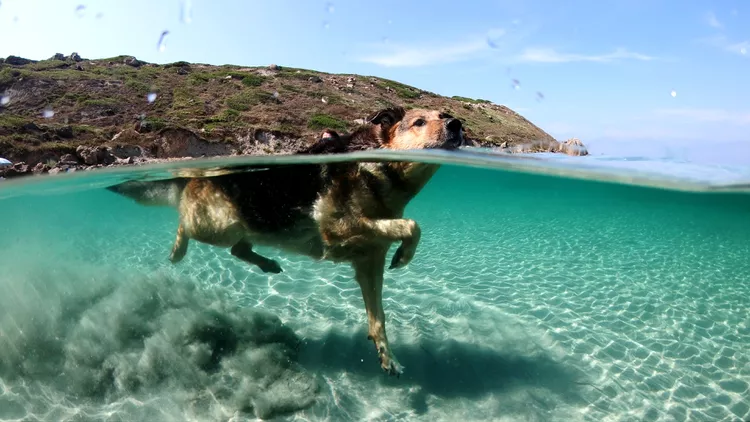1. Summary
If you’re planning to take your pet along with you on a trip to Italy or you’re moving there, there are a few essential rules to be aware of. Pets could be kept in quarantine or returned to their home country if they don’t have the proper documentation. Certificates must comply with European Union Regulation 998.
These regulations specifically apply to bringing pets through Customs into Italy. If you’re arriving by air or ship, it is crucial to check for additional rules with your airline or ship company, as well as on the U.S. Embassy & Consulates in Italy website; rules and regulations may change frequently.
The Rules for Bringing Pets to Italy
Each pet you want to take into Italy must have:
- A European Community veterinary certificate must include details about the owner, a description of the pet, and vaccination and identification details.
- A current rabies vaccine; if this is the first vaccination, you cannot take your pet into Italy until 21 days after the vaccination.
- A microchip or tattoo for identification purposes.
- The carrier must be labeled with the contact details of the owner.
- The pet must be at least 3 months old.
- Dogs should have a leash and muzzle for safety and compliance.
- You must clean up after your dog in public places; this is both a legal requirement and a common courtesy.
Guide Dogs Regulations
Guide dogs for the blind must adhere to the same rules to enter the country as regular pets. However, once in Italy, guide dogs can travel without restrictions on all public transportation. They are not required to wear a muzzle or possess a ticket and can also enter all public buildings and shops without issue.
Train Travel with Pets
With the exception of guide dogs, only dogs and cats weighing less than 13 pounds (6 kilos) can travel on Italian trains. These pets must be kept in a carrier, and the owner must present a certificate or statement from a veterinarian, issued within three months of the travel date, indicating that the animal isn’t carrying any communicable diseases or infestations.
Generally, there is no charge for small dogs or cats to travel on the train; however, the owner must declare the pet when purchasing a ticket. In some cases, including regional trains, a reduced price ticket might be required for medium or large dogs. Some trains limit the number of pets that can be brought on board by one owner, so it is essential to check beforehand.
Bus Travel Regulations for Pets
Bus travel regulations for pets can vary significantly by region and by the bus company. Some bus companies permit animals to travel but may charge a full fare for their transport, so it is advisable to inquire directly with the company you plan to use.
Air Travel with Pets
Each airline establishes its own rules for flying with pets. Therefore, it is crucial to check with your airline for the most current information regarding pet travel regulations and requirements.




